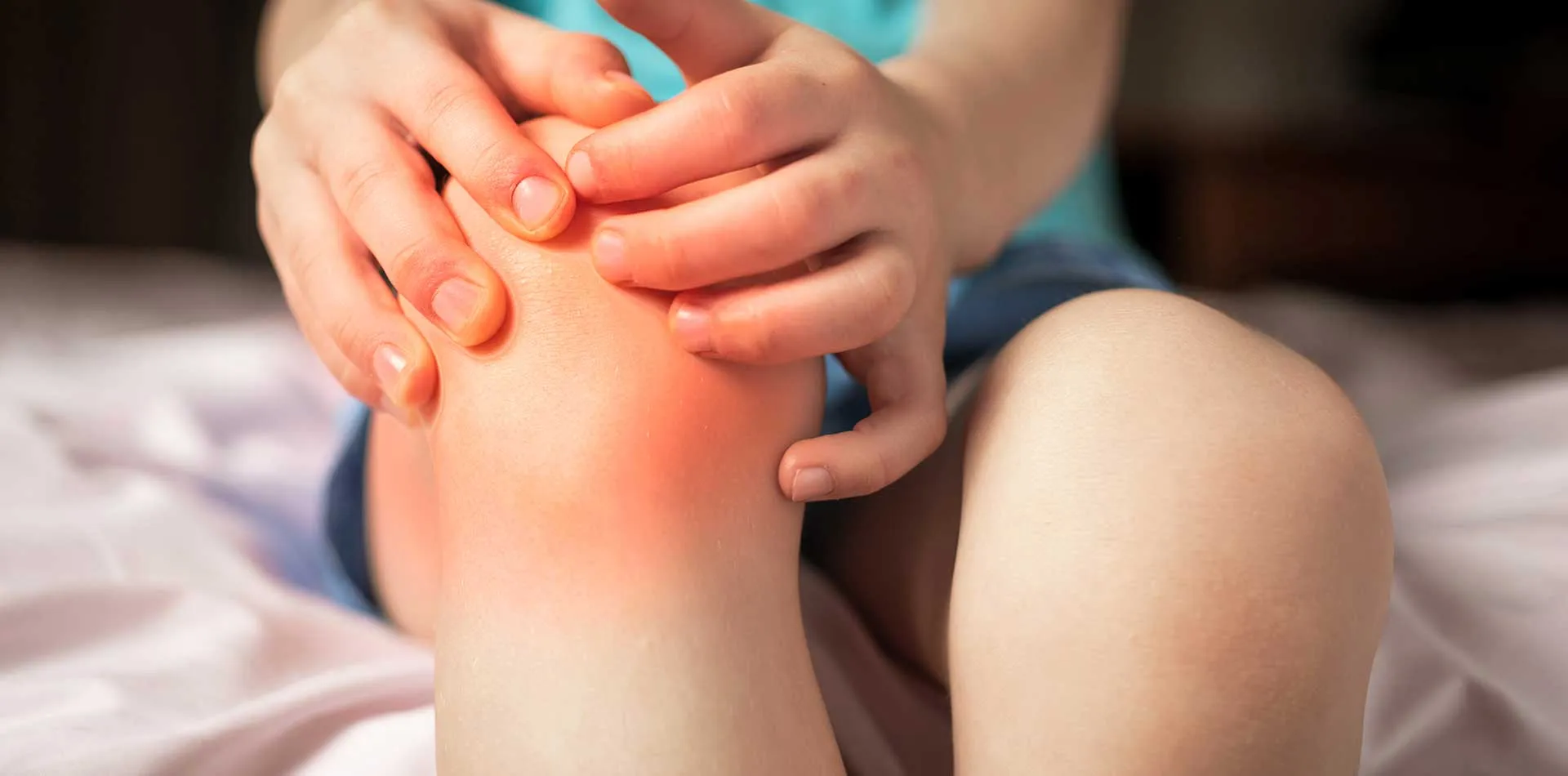Juvenile idiopathic arthritis, also called juvenile rheumatoid arthritis, is arthritis found in children under 16. The condition causes persistent joint pain, swelling and stiffness.
Some kids may have symptoms for only a few months, and others see the signs for many years. Some severe complications from juvenile idiopathic arthritis are joint damage, growth problems and eye inflammation.
Treatment concentrates on controlling pain and inflammation, enhancing function, and preventing damage.
Understand the symptoms
Common signs of juvenile idiopathic arthritis are:
• Pain: The child may not complain about joint pain, but you may notice the kid limps — especially first thing in the morning or after a nap.
• Swelling. Joint swelling may be seen in larger joints such as the knee.
• Stiffness. The child may appear clumsier than usual, particularly in the morning or after naps.
• Fever, swollen lymph nodes and rash. In some cases, high fever, swollen lymph nodes or a rash on the trunk can happen that worsens in the evenings.
Juvenile idiopathic arthritis affects one or multiple joints. There are various subtypes of this condition, such as systemic, oligoarticular and polyarticular. Your child's type of disease depends on symptoms, the number of joints affected, and if fever and rashes are prominent features and the number of times when symptoms flare up.
Consult the doctor
Take doctor's advice when the child complains of joint pain, swelling or stiffness for over a week — especially along with a fever.
Know the causes
Juvenile idiopathic arthritis happens when the body's immune system attacks its cells and tissues. The known causes of this condition are heredity and environmental factors.
Recognise the risk
Some forms of juvenile idiopathic arthritis affect girls more often.
Associated complexities
Several serious complications may occur resulting from juvenile idiopathic arthritis. So keep a careful watch on the child's condition, get timely medical attention to lessen the risk of complications:
• Eye problems. Some forms may lead to eye inflammation when left untreated may result in cataracts, glaucoma and even blindness. Therefore, should do regular examination by an ophthalmologist.
• Growth problems. Juvenile idiopathic arthritis may hinder your child's growth and bone development. Certain medications used for treatment, mainly corticosteroids, typically inhibits growth.
Measures for prevention
These steps can prevent the seriousness of this condition:
• Get regular exercise. A workout is essential to promote both muscle strength and joint flexibility. Swimming is the best choice because it has minimal stress on joints.
• Apply cold or heat. Stiffness that affects children in the morning may be relieved with cold packs, particularly after activity. However, many children prefer warmth, like a hot pack, a hot bath or a shower, especially in the morning.
• Eat well. Some children with arthritis may have poor appetites, and others gain excess weight due to medications or physical inactivity. A healthy diet is essential to maintain appropriate body weight. Diet rich in calcium is necessary.
